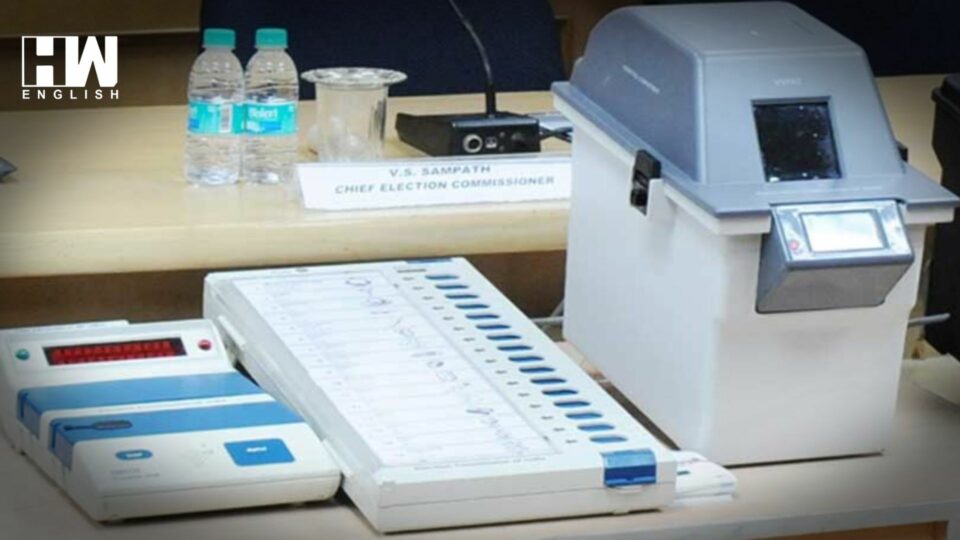During a hearing on Thursday, the Supreme Court asked the Election Commission of India to clarify how electronic voting machines (EVMs) and voter-verifiable paper audit trails (VVPATs) function.
The bench of Justice Sanjiv Khanna and Justice Dipankar Datta emphasized the importance of maintaining the integrity of the electoral process while considering petitions seeking 100% verification of EVMs against VVPAT records.
There has to be sanctity in the electoral process, the Supreme Court told the Election Commission of India, asking the poll body to explain in detail the steps followed to ensure free and fair polls.
The court is reviewing petitions for cross-verifying votes cast on Electronic Voting Machines (EVMs) with paper slips from the VVPAT system.
Senior Advocate Maninder Singh, representing the Election Commission, is present to address queries. Advocate Nizam Pasha, representing one petitioner, proposed allowing voters to take VVPAT slips after voting and deposit them in a ballot box.
When asked about privacy concerns by Justice Khanna, Pasha emphasized that privacy considerations should not compromise voter rights.
Adv Prashant Bhushan suggested keeping the light on the VVPAT machine always on instead of just 7 seconds. He said that people could see the paper slip being cut and falling without compromising privacy.
Senior Advocate Sanjay Hegde, representing petitioners, suggested conducting a separate audit to enhance the credibility of the counting process.
Adv Prashant Bhushan referred to a report on mock poll results in Kerala, where additional votes were recorded for the BJP. The court asked Mr. Singh to explain this.
Explaining the voting process, the Election Commission stated that the EVM’s control unit instructs the VVPAT unit to print its paper slip. This slip remains visible to the voter for seven seconds before being deposited into a sealed box, as Mr. Singh mentioned. The machines undergo checks before polling in the presence of engineers.
The poll body clarified that there is no software in the printer of the VVPAT machines. Each VVPAT has a 4 megabyte flash memory storing symbols. The Election Commission explained that the electronic ballot, prepared by the returning officer, is loaded into the symbol loading unit, providing serial numbers, candidate names, and symbols in image format.
Regarding Symbol Loading Units, typically one per constituency is created and held by the Returning Officer until the end of the poll. When asked about sealing to prevent tampering, the Election Commission stated no such process is currently in place.
The Commission informed the court that all voting machines undergo mock polls, with candidates randomly selecting 5% of machines. VVPAT slips are taken out, counted, and matched on polling day. Machines have different paper seals, with seal numbers checked during counting.
Regarding voter verification, the Election Commission conducts demonstrations and awareness programs. They assured that voting machines are randomly allocated to constituencies, preventing any unauthorized connection. The machines run on firmware that cannot be altered and are stored in strongrooms locked in the presence of political party representatives.
As an independent media platform, we do not take advertisements from governments and corporate houses. It is you, our readers, who have supported us on our journey to do honest and unbiased journalism. Please contribute, so that we can continue to do the same in future.

